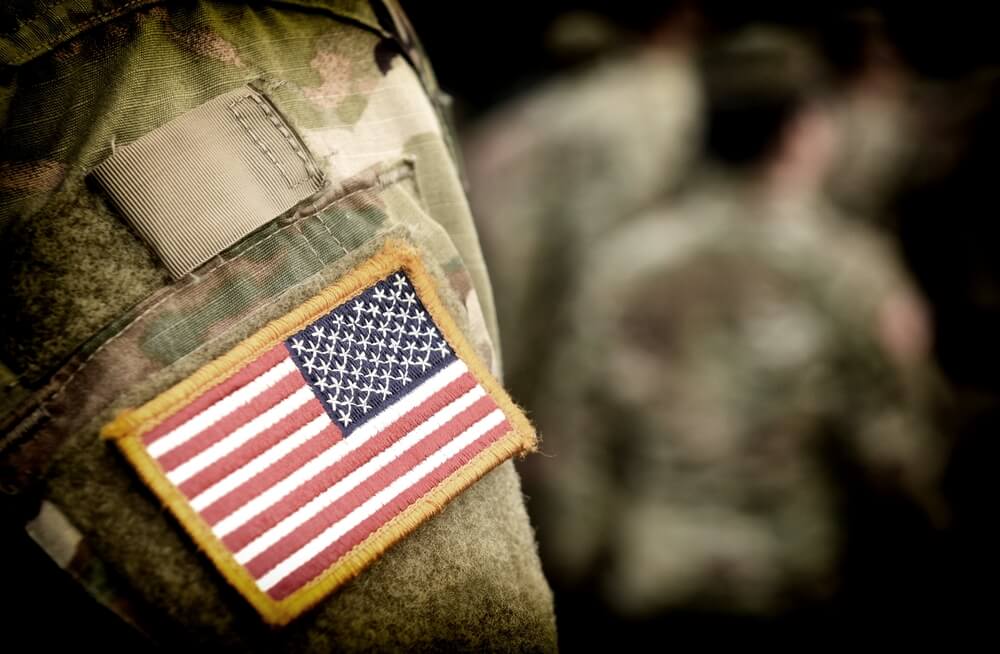The U.S. Senate approved a measure this week that will save the lives of people who have risked everything for the nation but who are on the precipice of self-destruction.
Championed by a bi-partisan group of 40 lawmakers, the resolution designates Nov. 17 as “National Warrior Call Day,” a major effort that draws attention to those service members and veterans perilously disconnected from family, friends and support systems.
Disconnection from others is proving fatal for veterans, with experts reporting that two-thirds of vets who die by suicide have had no contact with services. Many are battling alone.
This life-saving effort is made possible by the continued and tireless leadership of Sens. Jean Shaheen, D- N.H, and Tom Cotton, R-Ark, and the 38 other original cosponsors of the 2024 resolution. Their dedication year after year to passing the resolution underscores their inspiring commitment to the well-being of the nation’s finest.
National Warrior Call Day marks a coast-to-coast push to connect with vets and service members. It asks that all Americans — especially active duty and retired military personnel – call a warrior, someone who has worn or is currently wearing the uniform, and connect them with support, if necessary. The exhortation we stress to everyone is to make a call, take a call and be honest with the servicemember or veteran.
The establishment of National Warrior Call Day is supported by the U.S. Congress, 27 Medal of Honor recipients, numerous veteran service organizations and several former VA secretaries.
Suicides prevalent among vets, current service members
The National Warrior Call Day designation comes as suicides are climbing among veterans. For 2021, the most recent year of complete data examined by the VA, suicides increased by 1.8% compared to the previous year. The suicide rate far exceeds that of the general population, with veterans nearly twice as likely to die by suicide. What’s more, suicide is on the rise among women veterans for whom the rate increased over the previous year by 24% – significantly higher than the rate of increase among male veterans.
In the most recent annual assessment released last November, the Department of Veterans Affairs found that suicide is the 13th leading cause of death for veterans overall and the second leading cause of death for veterans under the age of 45.
As the Military Times noted of the report, “More than 71,000 veterans died as a result of suicide from 2011 to 2021. That’s 10 times the total number of troops killed in the wars in Iraq and Afghanistan over 20 years.”
Among current U.S. service members, the trends are similarly tragic. A recent study released by the Pentagon found that Army troops are more likely to die from suicide than any other cause. The report, which examined a sample of troop deaths from 2012 to 2019, showed that soldiers are nearly nine times more likely to die by suicide than they are in combat.
Suicides are undercounted
As if the data are not already tragic enough, it’s long been a contention of advocates that the they are incomplete and in all likelihood are undercounted.
For example, the deaths of many veterans and service members may not be tallied as suicides in certain instances in which self-harm plays a critical role. These include deaths due to addiction, drug overdoses or alcohol-induced incidents. While not strictly defined as suicide, they represent a statistical grey area. In addition, much variation permeates how each state accounts for deaths. An officially declared suicide in one state might not be in another, given the same circumstances.
The chasm between the official suicide count and the unofficial is highlighted by a study from the group America’s Warrior Partnership, which examined suicide deaths across eight states.
Researchers gathered state death records and coordinated with the Department of Defense to corroborate military affiliation and cause of death. The aggressively researched findings uncovered significant disparities between state and VA data and a large error rate in how the VA accounts for deaths. It found that, across the eight states, the actual suicide rate was much greater, at 1.37 times the rate officially reported by the VA. And when researchers added in veterans whose deaths were from self-injury, including overdose deaths and other behavior closely aligned with self-harm or suicide, the true rate of suicides among former servicemembers was a shocking 2.4 times higher than the rate that the VA reports.
Reaching out to vets with undiagnosed brain injuries
National Warrior Call Day is essential for another important reason – to help reach those veterans and service members who may be suffering the effects of undiagnosed brain injuries.
Brain injuries are a signature injury of the last two decades of persistent conflict. The federal government acknowledges their prevalence — nearly 500,000 service members are believed to suffer from them. But they don’t acknowledge that their prevalence might also explain the tragically high suicide rates among veterans and servicemembers, despite growing evidence. A growing body of research is illuminating that underlying traumatic brain injury can mirror many mental health conditions.
Ending isolation is key to ending suicides. With its straightforward mission of imploring all Americans to connect with someone who has worn or is currently wearing the uniform and let them know they care, National Warrior Call Day can foster greater connectivity. And greater connection will save lives.
“Just as despair can come to one only from other human beings,” Elie Wiesel observed, “hope, too, can be given to one only by other human beings.”
National Warrior Call Day is an opportunity to do something so simple and ordinary by making a call that results in the extraordinary — in a human connection that tethers someone to hope where there was none before.







